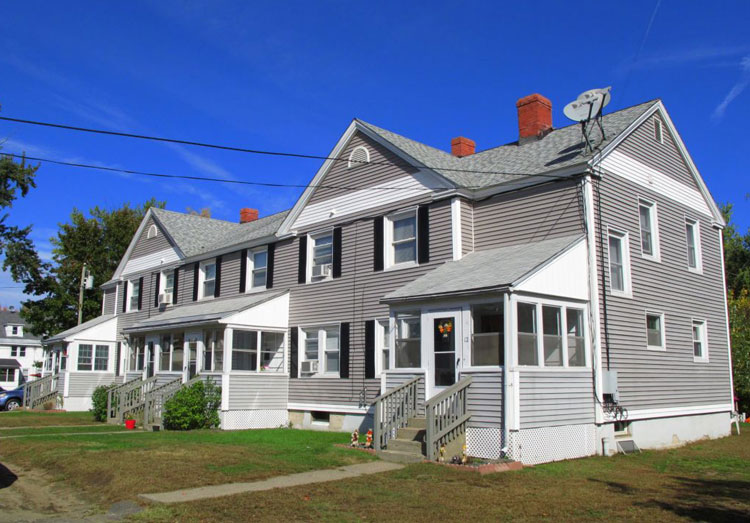
By John J. Graves
Sentinel Contributor
I recently listed a multi-family home in Greenwich and was surprised by the attention the listing received and the confusion over how to value a multi-family home.
Growing interest in income properties stems from the view that prices for income producing properties are expected to appreciate due to projected rises in rental income created by an improving job and wage market and the growing number of household formations created by the rising millennial demographic. Also, the historically low interest rates improve affordability and investment return.
Unlike a single family home where comps can be analyzed and value established based on location, condition and size, value for an income producing property is based primarily on the income it generates. Listed below are some key measures an investor can use to establish value for an income producing property.
1) Return on Capital Invested (ROI) – measures the investment properties’ return on the capital invested to purchase the building. It is calculated by dividing the Net Income (Gross Income less mortgage and operating costs) by the amount of cash invested. For example, if a client invests $600,000 cash (down payment) and the property generates an annual Net Income of $15,000, the return on capital invested is 2.5%. The Operating Expenses should include taxes, insurance, utilities, services and, an annual maintenance and vacancy allowance.
2) Gross Income Multiplier (GIM) –establishes the relationship between the asking price and the properties’ gross income. It is calculated by dividing the properties’ asking price by the Gross Income . . . for example, if the asking price for a property is $1,800,000 and it generates $90,000 annual gross income, the gross Income Multiplier is 20 ($1,800,000 asking price divided by $90,000 annual gross income). Therefore the property is priced at 20x the gross income. This multiple (20x) can then be compared to the GIM for other investment property considerations.
3) Price per unit – represents a simple calculation of dividing the properties’ asking price by the number of units. For example a 4-unit building with a $1,800,000 asking price produces a price per unit of 450,000 ($1,800,000 divided by 4-units). This calculation can then be compared to other comparable active and sold multi-family listings.
4) Cap Rate – represents the return an investor would achieve with an all-cash purchase. The cap rate is calculated by dividing the net operating income (gross income less operating expenses) by asking price. For example a building with an asking price of $1,800,000 generating a $78,000 net operating income would achieve a 4.3% cap rate ($78,000 divided by $1,800,000). The resulting cap rate can then be used as a comparison to other comparable income producing properties.
In addition to these quantitative metrics, it is important for an investor to consider a property’s location and condition to reach a final fair market value for the subject property.
John J. Graves; Sotheby’s International Realty, John.graves@sothebyshomes.com




